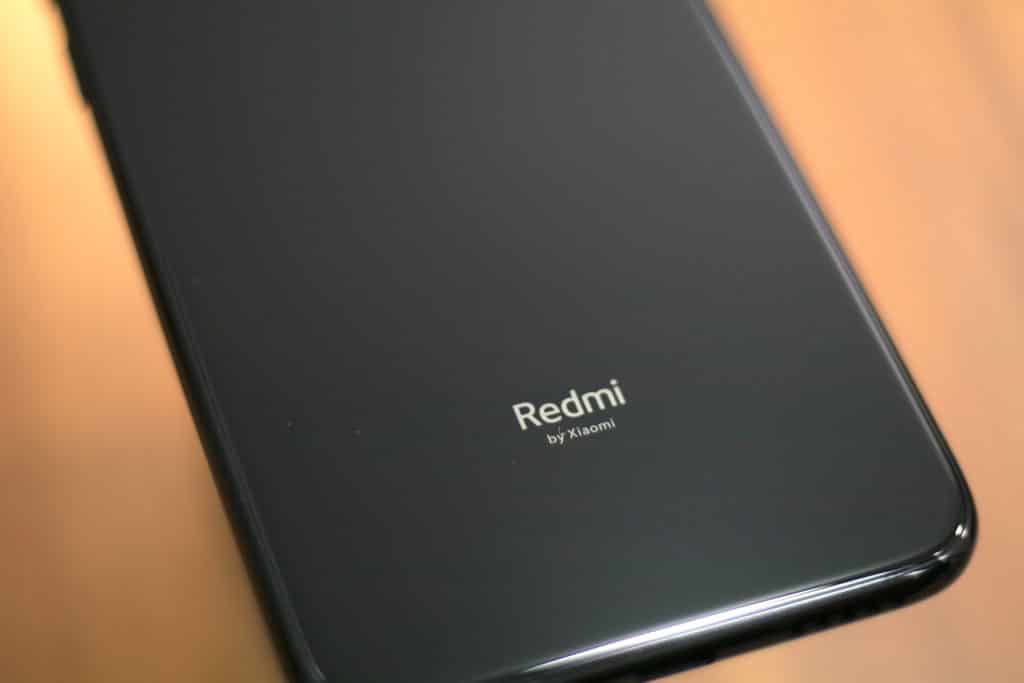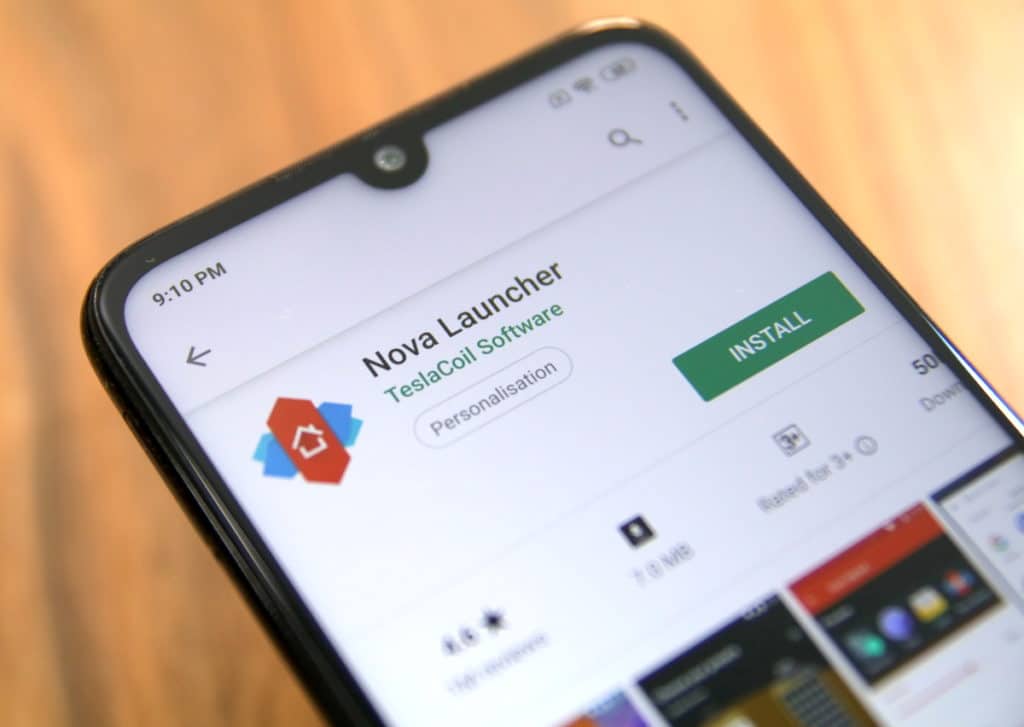
Xiaomi has been absolutely dominating the Indian smartphone market with its Redmi devices, especially with the Redmi Note series. With every new Redmi Note release, the company manages to set the bar a level higher in the budget mid-range smartphone segment in India. For 2019, the company is out with the Redmi Note 7 Pro that challenges not just the mid-range smartphones but also premium flagship devices.
The Redmi Note 7 Pro marks a complete overhaul of the Redmi Note series in almost every aspect possible — display, design, camera, and more. And that’s what makes the Redmi Note 7 Pro standout in the crowded 15k smartphone segment in India. However, the phone is far from perfect. Read our review below to find out.
Redmi Note 7 Pro Review
Design

The Redmi Note 7 Pro features a completely new design language that sees Xiaomi ditch the unibody metal design for one in which the polycarbonate chassis is sandwiched by Gorilla Glass 5 panels. This design language is similar to what Huawei/Honor have been doing with their budget phones. In fact, the blue Redmi Note 7 Pro can be easily confused by many as an Honor phone who don’t follow the smartphone market closely.
The switch to glass panels at the rear gives the Redmi Note 7 Pro a very premium look and feel, a clear step up from the Redmi Note 5 Pro and Redmi Note 6 Pro. Budget phones are upping their build quality levels every year and Xiaomi’s Redmi Note series is definitely one of the leaders in this department.
At the front as well, Xiaomi has switched to a dewdrop-style notch and reduced the bezels around the 6.3-inch FHD+ display. This further helps in the Redmi Note 7 Pro’s design hitting above its weight and price range.

While the Redmi Note 7 Pro lacks an IP certification, it does feature P2i nano-coating which repels water. While this does not exactly make the Redmi Note 7 Pro water-resistant, it does mean that it can be comfortably used while it is raining.
From the design viewpoint, another notable upgrade on the Redmi Note 7 Pro is the switch to USB-C connectivity. Yes, finally! Many users might find this switch jarring at first but with USB-C the future and flagship devices switching to USB-C ports years ago, it was high time budget smartphones also made the switch and it is nice to see Xiaomi leading the change.
There’s also a headphone jack at the bottom of the Redmi Note 7 Pro and I am happy to report that it does not have any compatibility “tick-tick” issues with certain earphones as some older Xiaomi devices. The bottom-firing speaker is also slightly louder and clearer than previous Redmi Note devices.
The use of a polycarbonate chassis does mean that the Redmi Note 7 Pro lacks the heft found in phones with an aluminum or steel chassis. This does not mean the phone cannot withstand daily abuse though.
Display

The Redmi Note 7 Pro comes with a 6.3-inch FHD+ LTPS panel at the front. It might not be an AMOLED panel but its a decent panel by all means with adequate brightness levels, decent viewing angles, and contrast/saturation.
The colors don’t pop as they would on an AMOLED panel but this is still a vivid panel by all means and most users will not find anything to complain about here.
Software and Performance

The Redmi Note 7 Pro runs on MIUI 10 that is based on Android 9.0 Pie. Xiaomi is known to roll out regular software updates to add new features in MIUI and fix existing bugs.
While MIUI 10 is feature rich, I am not particularly fond of the direction Xiaomi has taken with it over the last year or so. Many system apps show ads and Xiaomi’s browser app is notorious for sending sleazy notifications.

If you can look past the ads, MIUI 10 does offer plenty of customization options and features for one to play around with. Xiaomi has also included its own navigation gestures which are better than Google’s implementation in many ways. The only notable omission from MIUI 10 is Dark mode and Digital Wellbeing.
I have never really faced performance issues with any of the previous Xiaomi devices. The company is also known for optimizing MIUI for its devices for the best experience. However, the story is a bit different on the Redmi Note 7 Pro and this is despite the powerful Snapdragon 675 inside it.
I noticed the phone stuttering randomly every once in a while during mundane tasks like expanding the notification shade or opening the Phone app. The camera app also crashed numerous times and the overall system performance was simply not what one has come to expect from a Xiaomi phone.

The company does say that these performance issues have been resolved in the retail firmware unit but we are yet to test it out.
When it comes to raw horsepower though, there’s no beating the Redmi Note 7 Pro. Throw any heavy game or app at it and it would handle them like breeze. The phone is also capable of running PUBG at HD graphics settings without any dropped frames or lags.
Camera

Apart from the design, the 48MP rear camera of the Redmi Note 7 Pro is one of its key highlights. We have seen the 48MP Sony IMX586 sensor being used in far more expensive phones like the Honor View 20 so it is commendable to see Xiaomi offer the same camera set up on a phone that carries a 50 percent lower retail price.
The 48MP shooter has an f/1.79 aperture and is accompanied by a 5MP depth sensor used for capturing portrait photos.
Going through the camera samples below, you will realize just how impressive the Redmi Note 7 Pro’s camera is. It does not beat the Galaxy S10 or the iPhone XS in terms of dynamic range but with adequate light around, its impressive just how much details the phone is able to capture.


Impressive details and dynamic range


Again, plenty of details captured despite this being a challenging situation


Night mode sample



Great bokeh effect in this photo
Like other OEMs, Xiaomi also offers an AI mode in the Camera app that automatically detects a scene and optimizes the colors accordingly. Thankfully, Xiaomi has not gone overboard with it and ensures that while colors and saturation are boosted, they are in check.
There’s also a 48MP mode in the camera app which lets one capture photos in full 48MP. Until and unless you are clicking photos in daylight and really want the details to zoom in on later, my recommendation would be to stick to the default 12MP mode.
Xiaomi has also added a dedicated Night mode in the Redmi Note 7 Pro’s camera app. It does not come anywhere near Google’s Night Sight mode but it still does a relatively good job. Instead of making a Night shot excessively bright, the mode pulls in more details in photos. You should only use the Night mode to capture extremely low-light photos which do not involve moving subjects as the photos would otherwise come out blurry.

As for the 13MP selfie camera, it looks like Xiaomi did not pay much attention to it. It takes mediocre photos at best and low-light selfies are mostly going to come out blurry. If you take a lot of selfies, you might want to look elsewhere as the Redmi Note 7 Pro’s selfie camera will disappoint you.
As for video recording, while the Redmi Note 7 Pro can record 4K videos at 30fps, my recommendation would be to stick to 1080p@30fps as 4K videos lack EIS. The overall quality of videos recorded from the phone is decent in daylight, though the processing limitations are visible in low-light situations.
While the Redmi Note 7 Pro’s camera performance is stellar, its camera app is not. Over my two-week testing period, I found the camera app to crash on quite a few occasions. In other cases, it took extremely long to start and in a few cases while taking 48MP photos, the phone app straight up froze.
Xiaomi has promised to fix these issues with a software update in which it is also expected to further fine tune the camera performance.
Battery Life and Charging

Like almost every other Redmi device, the Note 7 Pro comes with a 4,000mAh battery. This is good enough to ensure the phone easily lasts through a day of heavy use, with enough juice left to make it through a few late night PUBG sessions. With moderate use, one can easily push the Redmi Note 7 Pro to two days on a single charge.
The Redmi Note 7 Pro also comes with Quick Charge 4.0 support, though Xiaomi continues to bundle a 10W charger with the device. With a compatible fast charger, the Redmi Note 7 Pro can charge to 50 percent in around 30 minutes. With the stock 10W charger, the Redmi Note 7 Pro takes around 2 hours and 10 minutes to charge from 0-100 percent.
Quick Charge 4.0 compatibility means that the Redmi Note 7 Pro also supports USB-PD for fast charging. If you are looking to buy the Redmi Note 7 Pro, do consider buying the Quick Charge 3.0 charger from Xiaomi which retails for only Rs 499.
Conclusion
It is really hard to find faults in the Redmi Note 7 Pro, especially considering its price. Xiaomi has managed to offer an irresistible package of a powerful Snapdragon 675 chipset, an impressive design, and an equally impressive camera in a phone that is priced at just Rs 13,999. My recommendation, however, would be to buy the 6GB RAM variant for Rs 16,999.
This stellar package is marred by ads though which might put off a certain section of users, while others will simply dismiss it and go ahead with their day without thinking too much about it.

















